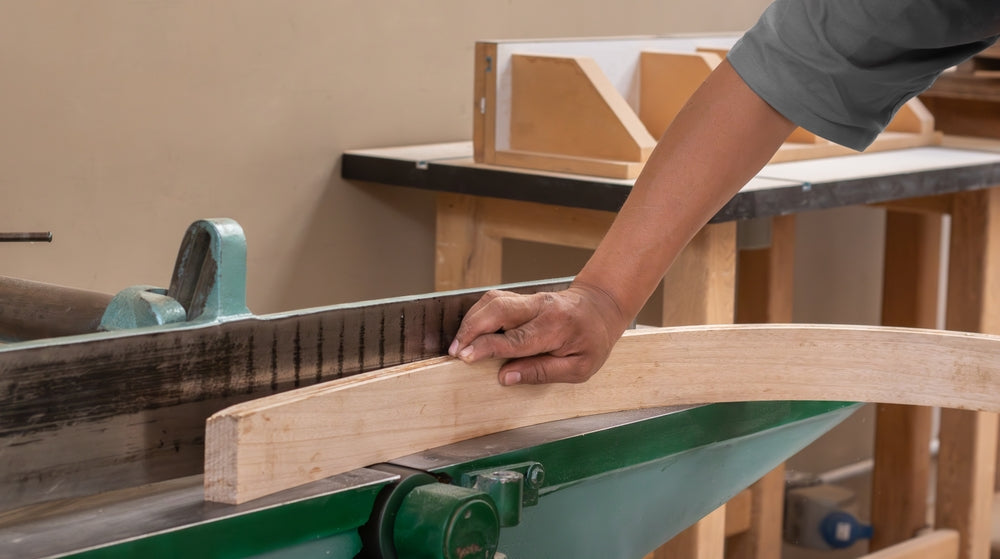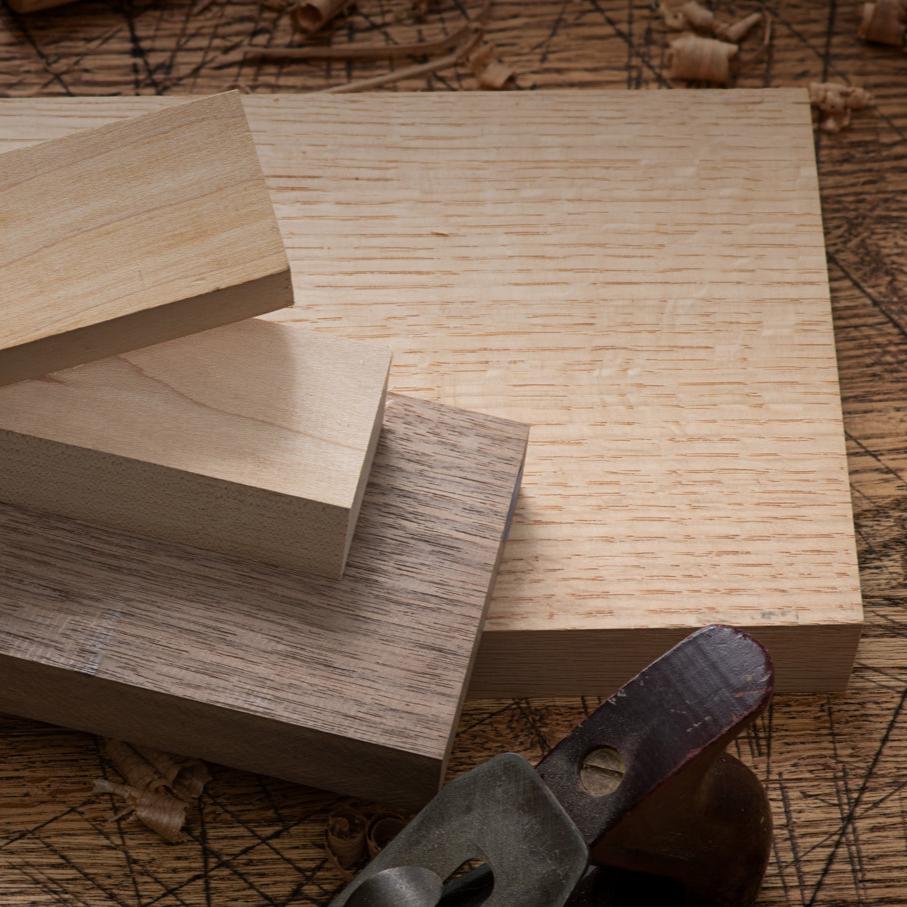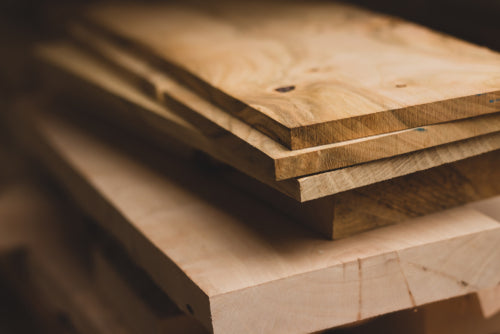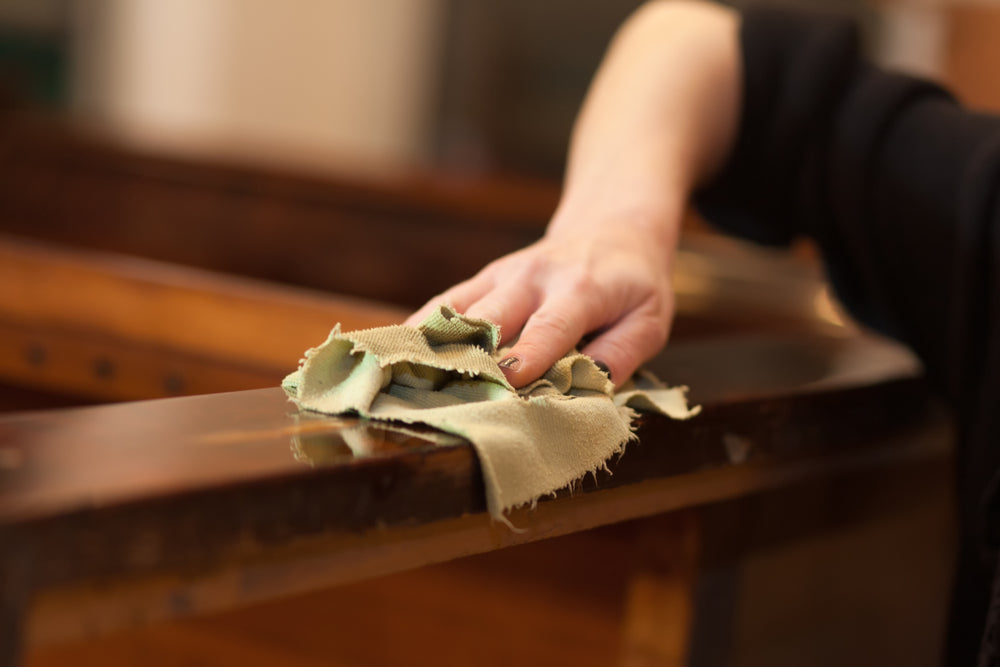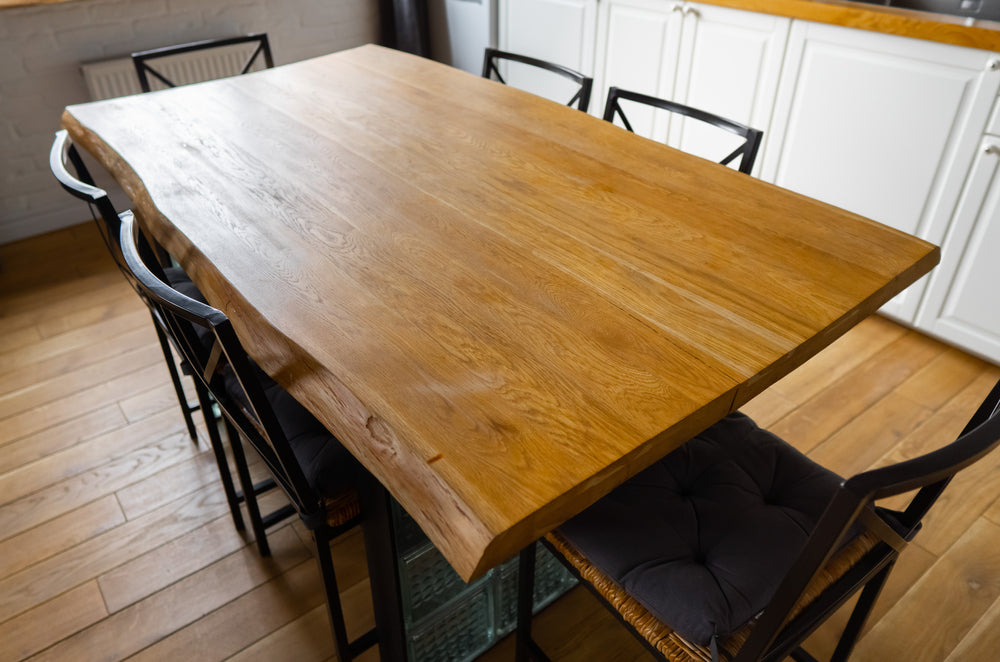Steam bending wood is an old traditional woodworking technique that has been used down the ages to make decorative frames, furniture, and other practical items. The practice has evolved over the centuries but emerged in every woodworking culture on the planet.
It can be very satisfying to bend lumber. You can take oak, walnut, even American black cherry, and use steam to shape it to your requirements. Steam bending is not difficult, it simply requires patience and time.
These are both commodities familiar to woodworkers. We know that good things come to those who wait.
How Does Steam Bending Wood Work?
Lumber of whatever species is basically made up of long strings of fibers that make up the grain, transporting water and nutrients throughout the tree. These fibers are held together by a glue-like substance called lignin.
Steaming lumber will make the lignin become more fluid and allow the wood to become pliable to some degree. With the lignin weakened sufficiently, the work piece can be bent on a jig to the desired form.
How Do I Steam Bend Wood?
To steam bend wood, the first thing you need to do is put together a steaming chamber, source a steam generator, and design and build (or buy) a former.
The Steaming Chamber
The steam needs to be around 212F, (and no less than 200F), so to achieve this consistently, the chamber should be as small as possible to accommodate the work piece. A plyboard box is straightforward to make, properly sealed at the joins, with a hose inlet for the steam.
Use exterior grade ply as the glue is moisture resistant, but don’t be tempted to pretty it up with paint or varnish as you will need to allow the box to dry out thoroughly after use. Fit hinged doors to both ends for access and allow a slight slope to a drain for any condensation.
For thinner pieces, say a walking stick, or mirror frame project, it is possible to put together a chamber using polythene pipe, or a short version if you only want to bend one end of a piece.
Be careful when using either method as the surface of both chambers can get pretty hot to the touch.
Pro Tip;
Fit dowels to support the work piece inside the steaming chamber so the maximum area can be exposed.
A Steam Generator
Steam bending wood takes about an hour per inch of thickness of the piece that is being worked on, regardless of the width. It means that you will have to use a kettle, or other water-boiling device that doesn’t have an automatic shut-off.
Fit a flexi-pipe to the bottom, or side of the box, preferably where the emission of steam won’t come into direct contact with the wood.
Wallpaper steamers or furniture steam cleaning devices are an ideal steam generator; just remember to keep the water supply topped up. Alternatively, you could use a hotplate with a pan on top, with a lid and pipe assembly.
Whichever method you use, mind how you go. Boiling water scalds are painful and can take a long time to heal. Always wear protective, heat-resistant gloves, when removing a piece from the chamber.
Pro Tip;
Never re-use the condensate from the chamber as it could contain contaminants that could adversely affect other work pieces. Always dispose of it safely in line with local environmental laws.
The Shape Former
There are hundreds of different ways to bend wood. You can use special jigs, straps and tools designed solely for the purpose, but if, like me, you only occasionally think about bending wood, here’s what I do when I make a custom shape from ply or particle board.
The golden rule is that you make the former at least 15% smaller, the bend tighter, than the finished curve required. The reason for this is spring-back, when the forces applied to the lumber are countered by the natural forces within the wood.
Use clamps to hold the piece in place for up to an hour, or until it has cooled, the lignin having re-solidified. Set it on a drying rack where warm, dry air can be blown across it. The piece may require further clamping to prevent distortion.
Pro Tip;
Cover the work piece with a cloth to slow the evaporation of the lumber’s moisture content to reduce the chances of surface deformation.
What is the Best Lumber for Steam Bending?
Experts are divided when it comes to this question. Most lumber can be shaped and bent using steam, but the best lumber for steam bending is either red or white oak, hickory or elm. Walnut is a favorite, but then things begin to get more difficult for the amateur woodworker.
Maple is a tough wood to steam bend, and cherry can complain too, so I’d probably start with some oak, either red, or white, and go from there. When selecting a blank, find one with the straightest grain you can find, and a piece without knots.
A great rule to remember is that softwood is never a good choice. The grain is usually too wide, too knotty, and is prone to twisting anyway. Also, don’t select a lumber you’ve never heard of. It may look amazing, but the more exotic the lumber the less likely steam bending will end well.
Pro Tip;
Expert benders will tell you that it’s all about moisture content and that kiln-dried lumber can’t be bent, but this isn’t true. If you are careful and use a quality selection of oak for your project, kiln-dried lumber can be as plastic as air-dried.
What To Look For When Selecting Lumber
The rule of thumb that I use is that if I see the grain run out within 15 inches, it’s likely not the right piece of wood. I like to use lumber that is as regular as possible, especially where the main bend is going to be.
For me, knots are an immediate no, but some grain irregularities can be worked around. For cherry, it’s a good idea to go for a thicker blank to allow for any distortion or surface checking during the bending process.
Some people say that if you can avoid steam bending, and simply cut a curve on a band saw, then you should. It may be faster and easier, but where’s the fun in that? Taking a nice piece of oak and transforming it with an elegant curve is far more satisfying.
At NorthCastle Hardwoods, we have a superior range of hardwood lumber, ideal for steam bending projects, at good, solid, down-to-earth prices. Our range of hardwoods is used for furniture making by master craftsmen, and hobbyists. Get in touch or come and make your selection today.
